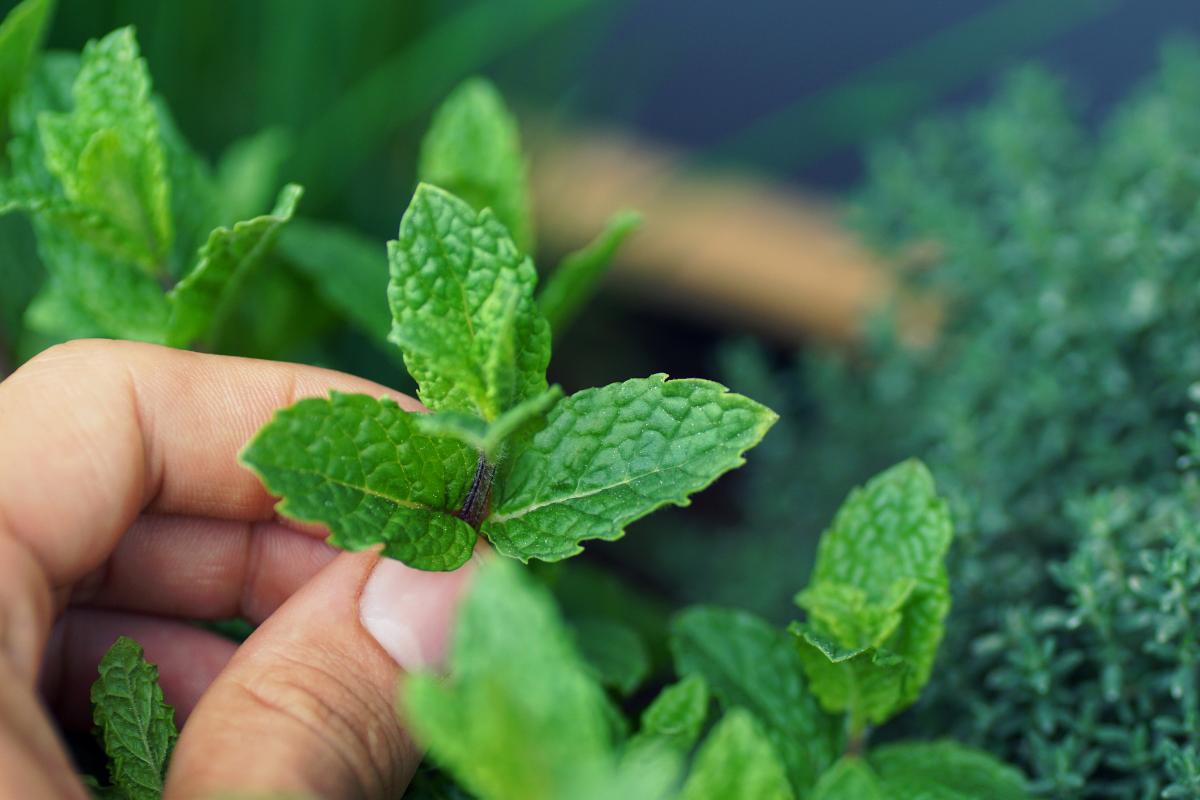You can use your garden to plant pretty flowers, harvest delicious fruit, and, surprisingly, keep bed bugs away!
Many green thumbs out there love to use certain plants to keep pests and certain bugs away from their crops.
Yet, did you know you can use your garden to keep bedbugs away from your household?
Bed bugs are attracted to certain plants, but others deter them completely. Below, we’ll share with you what could be causing the attraction and how to put an end to it!
What Attracts Bed Bugs
Bedbugs are notorious for being difficult to eradicate once they’ve infested a home. So, to effectively thwart them, you must understand what attracts them in the first place.
These tiny pests are primarily attracted to warmth, carbon dioxide, and human activity. Bed Bugs are nocturnal and are most active when they sense the heat and carbon dioxide emitted by humans during sleep.
Additionally, bed bugs are exceptionally adept at hitchhiking! They can easily latch onto clothing, luggage, or furniture, allowing them to spread from place to place undetected.
Once inside, bed bugs seek out hidden areas near their food course, such as mattresses, bed frames, furniture services, and even behind wallpaper!
Garden Plants That Keep Bedbugs Away
Many available chemical options can help you get rid of bedbugs. However, why should you resort to them when the solution is in your backyard?
Various plants can help you keep bedbugs out of your bed and house, including the following:
1 – Lavender
Lavender is famed for its beautifully calming scent, beloved by many, bedbugs not included!
The strong aromatic oils in lavender are highly effective at repelling bed bugs and other insects. The smell is too potent for these pests, making lavender an excellent natural deterrent.
2 – Mint
Mint, particularly peppermint, is another plant the bedbugs find unappealing.
The potent smell of mint is overwhelming to many bugs, making it nearly impossible for them to come near your house or garden.
The menthol in peppermint is the active ingredient that bed bugs avoid, making mint an effective addition to your garden for pest control.
3 – Chrysanthemums
Fall’s favorite flowers by day, bedbugs fighter by night, these are the lovely chrysanthemum flowers!
These flowers contain pyrethrum, a natural insecticide used in many commercial insect repellents, as it targets the insect’s nervous system.
4 – Rosemary
The scent of rosemary alone is enough to make it a crowd-pleaser. Sadly for the bedbugs, we can’t say the same!
The strong aroma of rosemary deters bed bugs and other pests making it a valuable plant to have in your garden.
How to Use the Plants
Now that you know which plants to use to keep the bed bugs out of your bed, it’s time to ask: How do you use these plants exactly?
One of the most effective ways to use these plants is by drying them and making little sachets! Cut the stems and bundle them with string to dry herbs like lavender, mint, or rosemary.
Hang the bundles upside down in a warm, dry, well-ventilated area out of direct sunlight.
Once dry, which can take almost two weeks, you can strip the leaves and flowers from the stems and then place them in small fabric pouches or muslin bags.
Tuck the little sachets into drawers, closets, and under mattresses, where they can release their natural scent and keep the bed bugs away.
You should also consider adding these little pouches near any entry point, like doors, windows, and the like, for an added layer of protection.
Final Thoughts
As it turns out, you don’t have to go further than your backyard to get your bed bug-repellent solution!
If you have lavender, mums, mint, or rosemary, among other herbs, you can make little sachets to keep the annoying pests away.
Place the sachets close to your bed, behind closets, and at any entry point to your home to ensure the bugs stay out and away!
With just a bit of effort, your garden can be your first line of defense against bed bug infestations!

Growing up with a mom who filled her home (inside and out) with all sorts of plants, Lisa got her start in gardening at a young age. Living now on her own with a home and yard full of plants (including an indoor greenhouse), she shares all the gardening tips she’s gained over the years.

